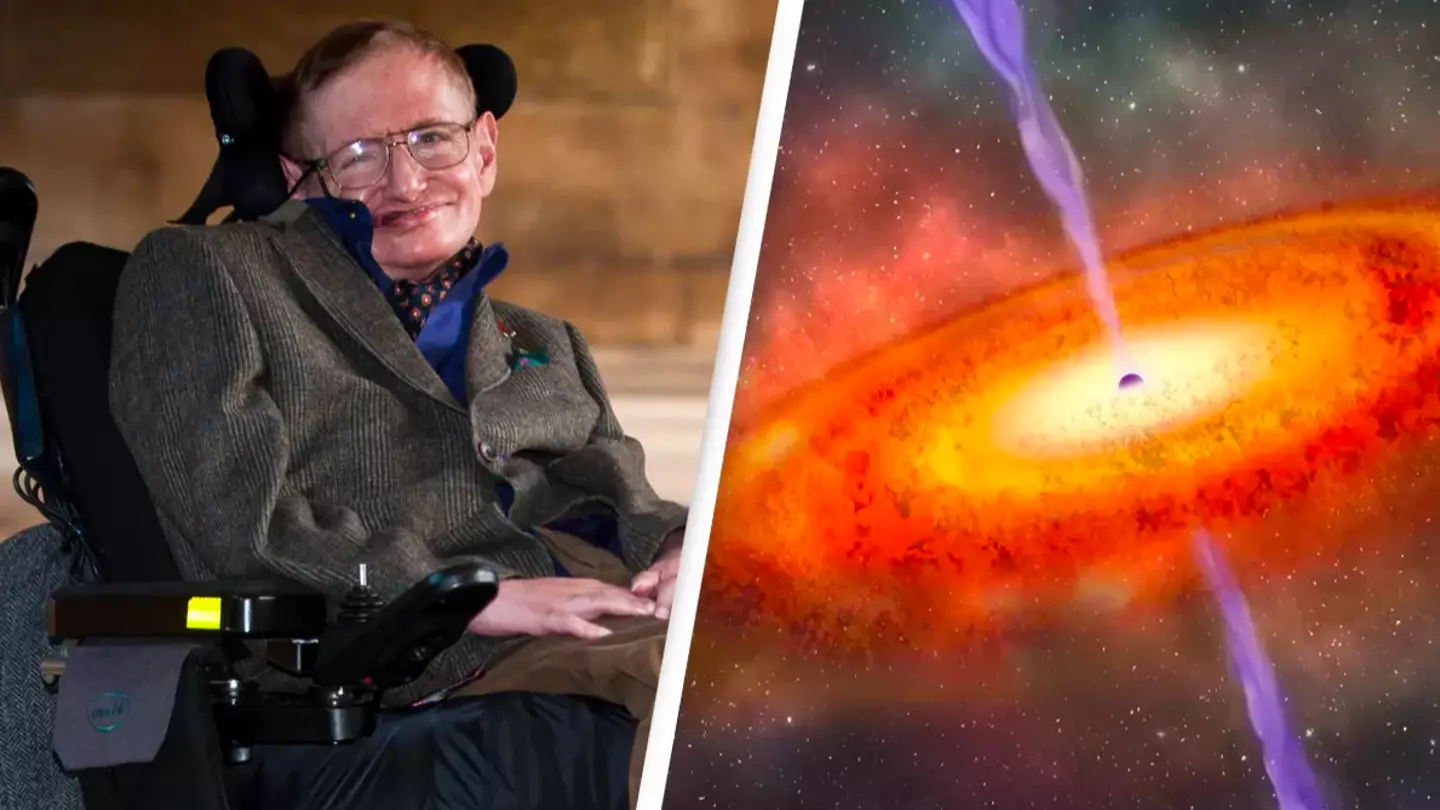Stephen Hawking's famous black hole paradox looks to finally have a solution
The so-called 'Hawking information paradox' may be one step closer to being resolved.
Featured Image Credit: Jason Bye / Alamy Stock Photo / NASATopics: Space, Science, Weird
